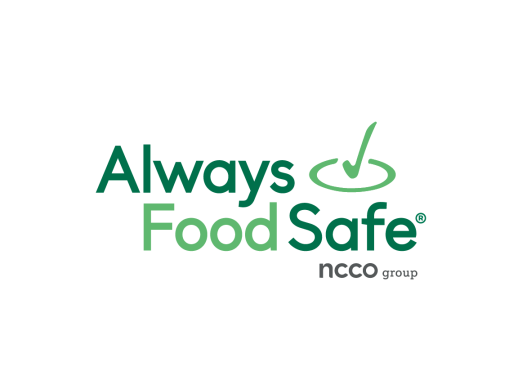Halloween is a spooky time of year, but it is even spookier for children with food allergies. Candy and sweets can be a source of hidden food allergens, putting children with allergies at risk.
Candy often includes some of the 9 main food allergens such as milk, soy, wheat, tree nuts, eggs, and peanuts. It can be hard to tell whether or not an allergen is present, or even if there are small traces of it in any treat.
It is up to you to protect your child from experiencing an allergic reaction this time of year. Follow these tips to make Halloween safe, but still fun, for children with food allergies.

 English
English
 Spanish
Spanish
